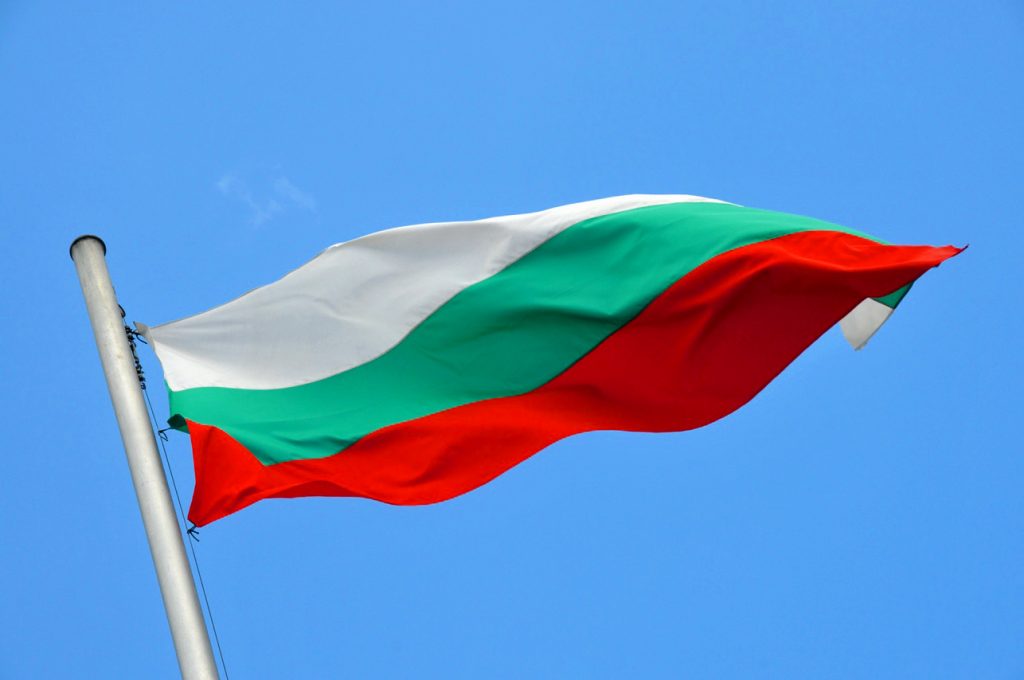One of the most crucial steps in the development of a brand is trademark registration. A registered trademark grants its owner the exclusive right to use a particular sign in connection with the products and services for which it was registered. The trademark owner’s monopoly over the brand gives them a competitive advantage as well as a powerful weapon to combat counterfeiters and infringers.
If a company wants to protect its trademark in Bulgaria, it can either register a Bulgarian trademark or register a European Union trademark (EU trademarks are equally recognized in Bulgaria).
We’ll look at what kinds of signs can be registered as trademarks in Bulgaria and the EU in the sections below.
1. Wordmarks
The most common type of trademark is a wordmark, which is well-known to the general public. They are trademarks made up entirely of textual content. The registered text belongs to the owner of the wordmark, regardless of how it is artistically displayed.
2. Figurative and combined marks
Figurative marks are also very popular. They are marks that include a graphic element. They can be exclusively figurative, however, if the visual element is utilized in conjunction with text, and/or where the text is stylized in a certain way, it can also be combined.
3. Three-dimensional shapes
Shapes, packaging, or the product itself and its exterior can all be used as trademarks. It should be noted that shape marks are subject to additional legal requirements, and the Patent Office may refuse registration in specific circumstances. Shapes that are required to achieve a technical result, for example, cannot be registered.
4. Pattern marks
Pattern trademarks are made up of a set of elements that are repeated on a regular basis. In the fashion industry, they are often used. Not all patterns are eligible for trademark protection. Patterns that are too basic will most likely be unrecognizable. Similarly, patterns that are too complicated and difficult for consumers to understand and remember may not have the essential uniqueness to be considered a trademark.
5. Colour or combination of colour marks
A color or a combination of colors can be protected as a trademark. “Owning” a whole color is a powerful level of protection that is difficult to achieve. Before the Patent Office would issue the registration, there should be the previous usage of the color in relation to the products and services for which registration is requested.
6. Multimedia marks.
These are images (still or motion) and sounds combined in a single mark. An audiovisual file must be submitted to the Patent Office in order to be registered.
7. Hologram marks
Holograms are surfaces that display multiple pictures depending on the angle from which they are observed. They may be saved as a movie file or as a series of photos that demonstrate the holographic effect.
8. Sound marks
Melodies can be used as sound marks, which are represented in the trademark register using musical notation. Digital sound files may also be registered, allowing for the protection of a broader range of sounds, such as sound effects, animal sounds, and others.
Finally, there are a lot of possibilities to choose from, and there’s a lot of space for creativity when it comes to trademark protection. Which option is ideal for you will be determined by your unique circumstances and company objectives. An IP attorney can assist you in selecting and implementing the best plan for protecting your brands.
The list of EU IP Firms can be found here.

